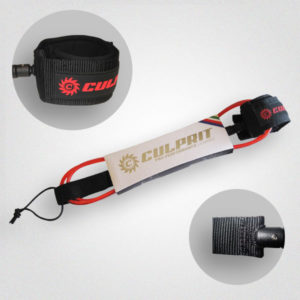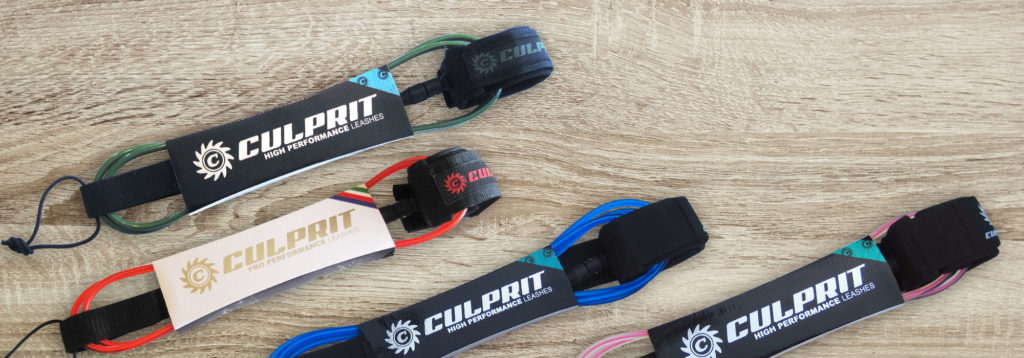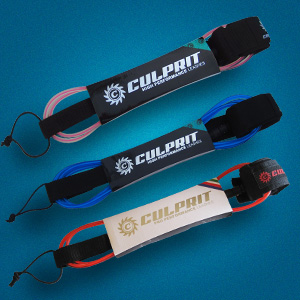culprit-news
How to Choose the Right Surfboard Leash
A Guide to Choosing the Best Surfboard Leash
Surfboard leashes offer a convenient way to keep your board nearby even if you wipe out on a wave. Almost all short board riders use a surfboard leash, and if they don’t, they need to start. Before learning how to choose the right surfboard leash, discover the many benefits of using one.
Why Use a Surfboard Leash?
Invented in the early 1970s by Pat O’Neill, the surfboard leash is an essential tool for surfers. By providing the following benefits, the surfboard leash has become a surfer’s best friend:
- No need to swim after your board. Before the surfboard leash was invented, surfers were at risk of losing their boards – or, at least, expending energy to swim after it. Using a surfboard leash ensures you don’t waste time chasing after your board.
- Enjoy more time to catch a wave. Instead of taking breaks between waves, using a surfboard leach saves time in the water. By making it easy for surfers to retrieve their boards, a surfboard leash maximizes your surfing experience.
- Never worry about losing or damaging your board. Though catching your surfboard without a leash can be difficult, losing it entirely or watching it become damaged by rocks is painful. Protect your investment in a quality board by donning a surfboard leash.
- Compete with confidence. If you’re a competitive surfer or considering becoming one, using a surfboard leash enhances your ability to outperform the competition.
While the benefits of buying a surfboard leash are clear, the actual process can be confusing if you’re not sure what to look for.
Choosing the Best Surfboard Leash
Between waves, keep your surfboard accessible by choosing the best surfboard leash for your purposes. Before selecting a surfboard leash, consider the following qualities:
- Length. The length of a surfboard leash should correspond to the length of your board. Short boards need shorter leashes while long boards are best used with a longer leash. Ideally, the length of your leash should be 1 foot longer than the board itself.
- Strength. As the thickness of a leash increases, so does the drag. Thus, choosing a leash of appropriate strength depends on the type of waves you will be catching. If surfing smaller waves, choose a thinner leash. Conversely, thicker leashes make it easier to ride bigger waves and will typically last longer.
- Brand. Many brands offer surfboard leashes, but not all brands test leashes for durability and reliability. Choose a surfboard leash designed to provide optimal performance in the water, like Culprit leashes.
- Cuff style. A crucial factor affecting comfort during use, the cuff style is important when choosing a leash. Confirm that the cuff is padded and comfortable by trying it out, if possible. If you need a place to store a key, choose a cuff with a key pocket.
- Rail saver. To protect the rails of your board, you may want a leash with a rail saver attached. Though the presence of a rail saver can contribute to more drag, it will protect your board’s rails while surfing.
- Swivels. Stay safe while surfing by choosing a leash equipped with a cord connection held by a swivel joint. Doing so will prevent your feet from becoming tangled while surfing.
- Color. Though primarily a personal preference, color is one of the decisions you must make before buying a surfboard leash. For evening surfers or those with impaired vision, buying a leash in a bright color may be a good idea.
Knowing how to choose the right surfboard leash will help you stay safe in the water, and maximize your enjoyment of catching each new wave. For the best selection of surfboard leashes online, browse Culprit’s Leash inventory today.



